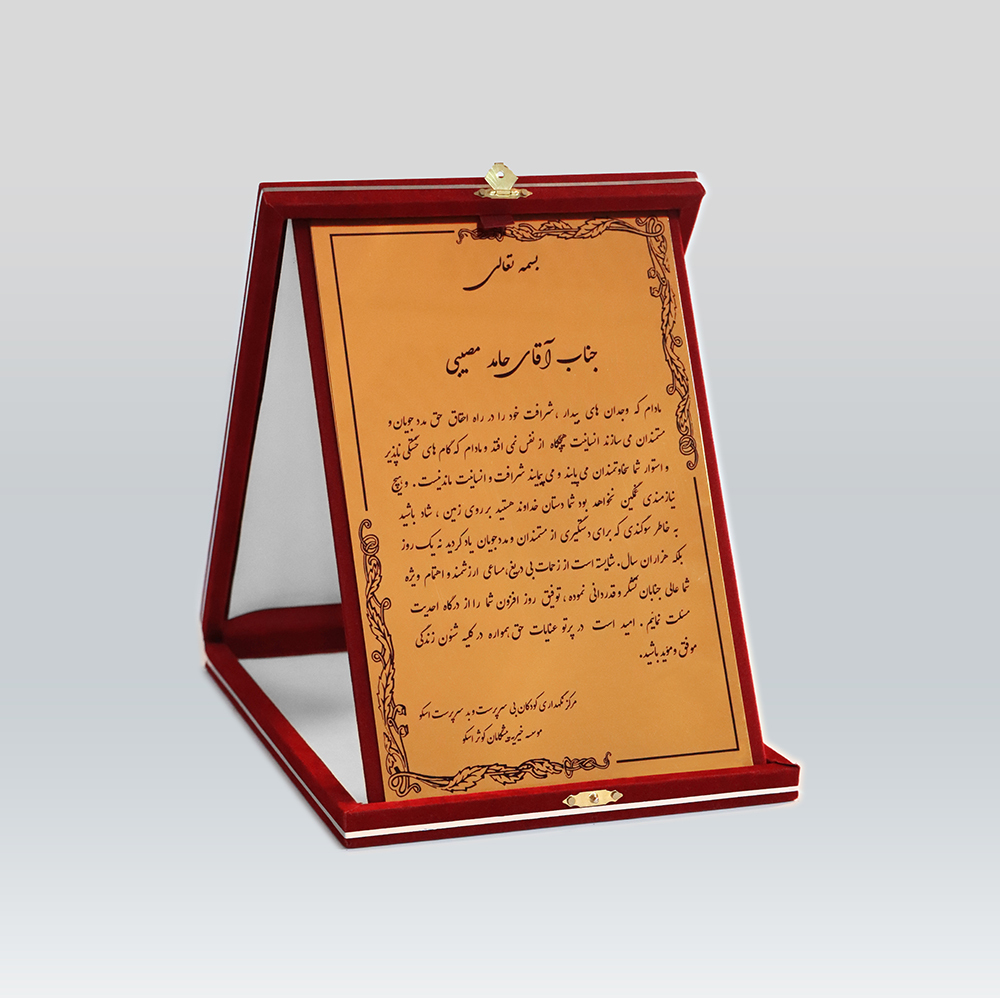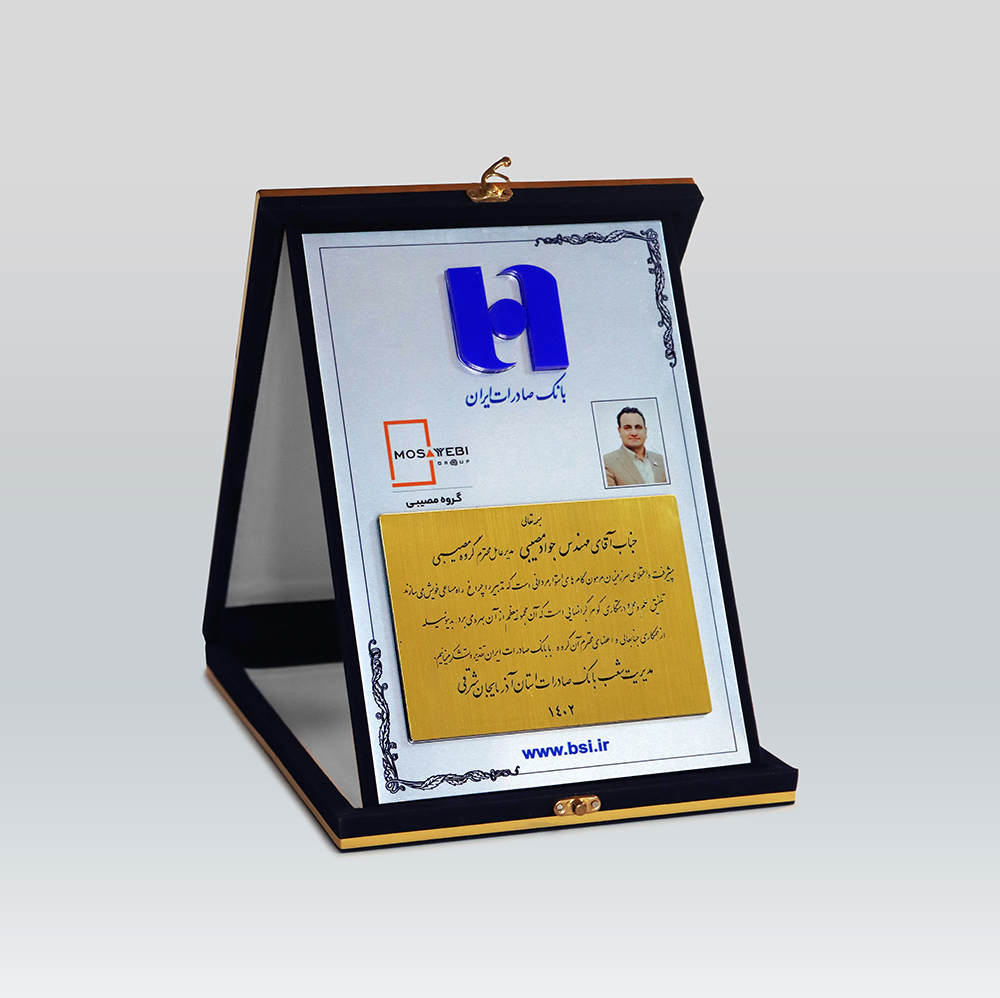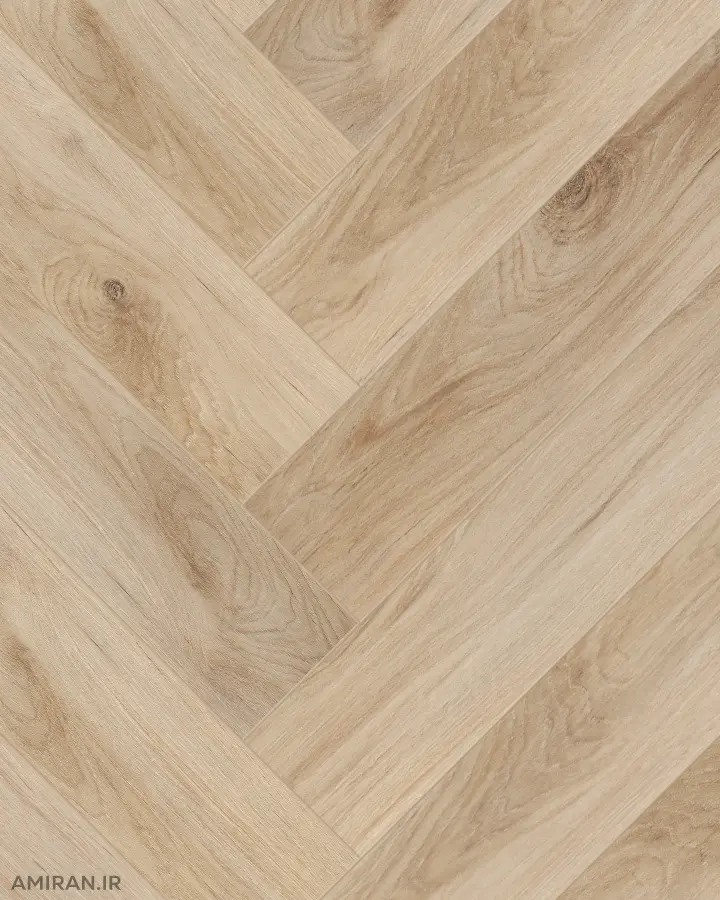The way you arrange your parquet flooring can significantly impact the overall look and feel of your space. With a variety of patterns and designs available, choosing the one that best suits your taste and needs can be daunting. In this article, we'll explore the most common parquet patterns and the factors to consider when selecting the right one for your home.
1. Straight Lay
Straight lay is one of the most common and simplest parquet patterns. In this pattern, the planks are installed parallel to each other and perpendicular to the walls. Due to its simplicity and elegance, it's suitable for various spaces of any size and can create a clean, neat, and modern atmosphere.
Advantages of Straight Lay:
- Simplicity: Easy to install, even for beginners.
- Speed: Installation is quicker compared to other patterns.
- Reduced waste: Minimal parquet waste.
- Creates an open space: The parallel lines visually expand the space.
- Suitable for all types of parquet: Can be used with wood, laminate, and ceramic parquet.
- Affordable: Cost-effective due to easy and quick installation.
Disadvantages of Straight Lay:
- Excessive simplicity: Can look plain and boring in some spaces.
- Does not hide imperfections: Reveals any flaws or unevenness in the floor.
- Not suitable for small spaces: Can make small spaces appear even smaller.
Tips for Choosing Straight Lay:
- Consider your space: Suitable for any size, but looks better in larger spaces.
- Consider your style: Compatible with modern, minimalist, and traditional styles.
- Consider your parquet type: Some parquet types are more suitable for straight lay.
- Consider your budget: Cost-effective due to easy installation.
2. Diagonal Lay
Diagonal parquet is a visually appealing and dynamic pattern where the planks are installed at a 45-degree angle to the walls. It can add depth and dimension to a space and is ideal for rooms you want to appear larger.
Advantages of Diagonal Lay:
- Beauty and dynamism: The diagonal lines create a dynamic and visually appealing space that can be a focal point.
- Increases the sense of space: The lines visually expand the space.
- Hides imperfections: Can partially conceal flaws and unevenness in the floor.
- Suitable for all types of parquet: Can be used with wood, laminate, and ceramic parquet.
- Creates a modern space: Ideal for modern and contemporary spaces.
Disadvantages of Diagonal Lay:
- Higher material consumption: Requires more material due to angled cuts.
- More difficult installation: Requires more precision and skill.
- Higher cost: Slightly more expensive due to increased complexity.
Tips for Choosing Diagonal Lay:
- Consider your space: Suitable for medium and large spaces.
- Consider your style: Compatible with modern, minimalist, and Scandinavian styles.
- Consider your parquet type: Some parquet types are more suitable for diagonal lay.
- Consider your budget: Slightly more expensive than straight lay.
- Choose the angle: 45 degrees is the most common, but other angles can be used.
- Ideas for Diagonal Lay: Living room, bedroom, hallway, kitchen.
3. Random Width Lay
Random width parquet, also known as broken brick or random width parquet, is a creative and visually appealing pattern that uses parquet planks of varying widths arranged randomly or in a specific pattern. This pattern creates a natural and informal look, perfect for rooms where you want a unique and inviting atmosphere.
Advantages of Random Width Lay:
- Beauty and uniqueness: The variety of plank widths creates a unique and visually appealing space.
- Creates a warm and inviting space: Provides a cozy and inviting atmosphere, ideal for homes.
- Hides imperfections: Can partially conceal flaws and unevenness in the floor.
- Suitable for all types of parquet: Can be used with wood, laminate, and ceramic parquet.
- Customizable: You can choose different widths and arrangement patterns.
Disadvantages of Random Width Lay:
- Higher material consumption: Requires more material due to the variety of plank widths.
- More difficult installation: Requires more precision and skill.
- Higher cost: Slightly more expensive due to increased complexity.
Tips for Choosing Random Width Lay:
- Consider your space: Suitable for medium and large spaces.
- Consider your style: Compatible with rustic, bohemian, and minimalist styles.
- Consider your parquet type: Some parquet types are more suitable for random width lay.
- Consider your budget: Slightly more expensive than standard patterns.
- Choose an arrangement pattern: You can use random or pre-designed patterns.
- Ideas for Random Width Lay: Living room, bedroom, hallway, kitchen.
4. Herringbone Pattern
Herringbone parquet, also known as chevron or chevron parquet, is one of the most attractive and visually appealing parquet patterns. Its elegance and complexity create a luxurious and regal atmosphere. This pattern consists of elongated diamonds installed at a 45-degree angle to the walls and can transform any space.
Advantages of Herringbone Parquet:
- Beauty and elegance: The symmetry and delicate geometry create a beautiful and visually appealing space.
- Increases the sense of space: The 45-degree angle can visually expand the space.
- Creates a luxurious and regal atmosphere: Imparts a sense of grandeur and elegance, ideal for spaces that require a luxurious look.
- Variety of designs: Can be used with various parquet types, including wood, laminate, and ceramic.
- Durable: Due to its geometric structure, it is more resistant to traffic and wear.
Disadvantages of Herringbone Parquet:
- Cost: Due to its complexity and elegance, it can be more expensive than other patterns.
- Higher material consumption: Requires more material due to the 45-degree angle.
- Difficult installation: Requires high skill and precision.
Tips for Choosing Herringbone Parquet:
- Consider your space: Suitable for large and medium spaces.
- Consider your style: Compatible with classic, traditional, and modern styles.
- Consider your budget: Can be expensive, so consider your budget before choosing.
- Ideas for Herringbone Parquet: Living room, bedroom, hallway, study.
5. Basketweave Pattern
The basketweave parquet pattern, also known as block pattern or basketweave parquet, is a traditional and visually appealing pattern. It consists of small square parquet pieces installed alternately and perpendicular to each other, creating a design resembling a wicker basket. This pattern offers a classic and beautiful appearance, creating a warm, inviting, and traditional atmosphere, perfect for rooms where you want an authentic and traditional feel.
Advantages of Basketweave Parquet:
- Beauty and elegance: The symmetry and delicate geometry create a beautiful and visually appealing space.
- Creates a warm and inviting atmosphere: Provides a cozy and inviting atmosphere, ideal for homes.
- Durable: Due to its geometric structure, it is more resistant to traffic and wear.
- Suitable for all types of parquet: Can be used with wood, laminate, and ceramic parquet.
- Customizable: You can create a unique design using different colors and types of parquet.
Disadvantages of Basketweave Parquet:
- Higher material consumption: Requires more material due to the angled cuts.
- More difficult installation: Requires more precision and skill.
- Higher cost: Slightly more expensive due to increased complexity.
Tips for Choosing Basketweave Parquet:
- Consider your space: Suitable for medium and large spaces.
- Consider your style: Compatible with classic, traditional, and rustic styles.
- Consider your parquet type: Some parquet types are more suitable for basketweave.
- Consider your budget: Slightly more expensive than standard patterns.
- Choose the color and type of parquet: You can create a unique design using different colors and types of parquet.
- Ideas for Basketweave Parquet: Living room, bedroom, hallway, study.
6. Custom Designs
In the world of interior design, parquet has evolved beyond a simple floor covering and is now used to create unique and visually stunning designs. Custom parquet designs allow you to express your creativity and design a space that perfectly matches your taste and needs.
Advantages of Custom Parquet Designs:
- Uniqueness: Create a completely unique and personalized space.
- Creates a focal point: Custom designs can be a focal point in your decor.
- Increases property value: Custom designs can add value to your property.
- Reflects your personality: Custom designs can reflect your personality and style.
Disadvantages of Custom Parquet Designs:
- Cost: Custom designs can be more expensive due to their complexity.
- Time-consuming: The execution of custom designs may take longer than standard patterns.
- Requires skill: Requires skilled professionals to implement.
Tips for Choosing Custom Parquet Designs:
- Consider your space: The chosen design should match the size, lighting, and overall style of your space.
- Consider your budget: Consult with a specialist and get an estimate of the costs before choosing a design.
- Consider your style: The design should match your personal taste and style.
- Look at sample work: Review the work of different designers to ensure the quality of their work.
- Ideas for Custom Parquet Designs: Geometric patterns, marble-like patterns, floral patterns, lettering, and pictorial designs.
Tips for Choosing the Right Pattern
- Consider your space: For small spaces, choose simple patterns like straight or diagonal lay. For larger spaces, you can opt for more bold patterns like random width or herringbone.
- Consider your style: If you prefer a modern look, choose simple and linear patterns. If you prefer a traditional look, choose intricate and ornate patterns.












